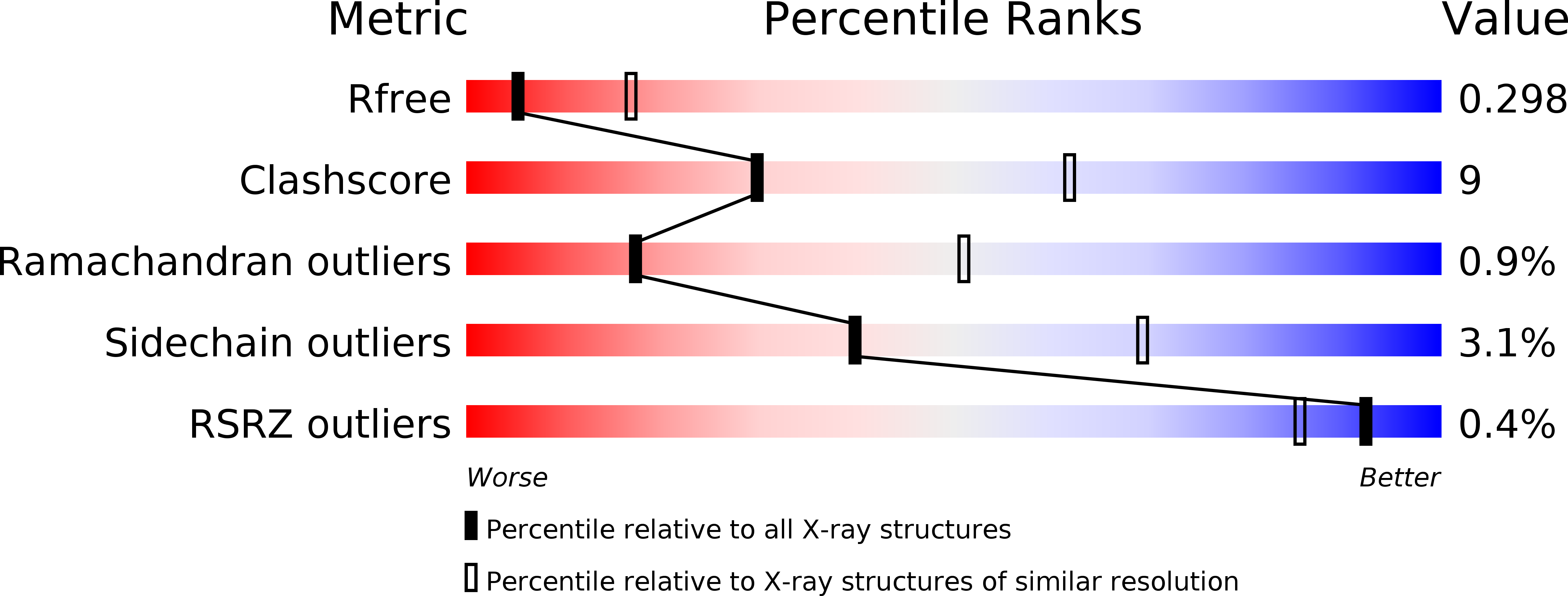
Deposition Date
2014-10-17
Release Date
2015-04-15
Last Version Date
2024-07-10
Entry Detail
PDB ID:
4WPB
Keywords:
Title:
Vascular endothelial growth factor in complex with alpha/beta-VEGF-1
Biological Source:
Source Organism:
Homo sapiens (Taxon ID: 9606)
Staphylococcus aureus (Taxon ID: 1280)
Staphylococcus aureus (Taxon ID: 1280)
Host Organism:
Method Details:
Experimental Method:
Resolution:
3.11 Å
R-Value Free:
0.29
R-Value Work:
0.24
R-Value Observed:
0.24
Space Group:
P 1 21 1


